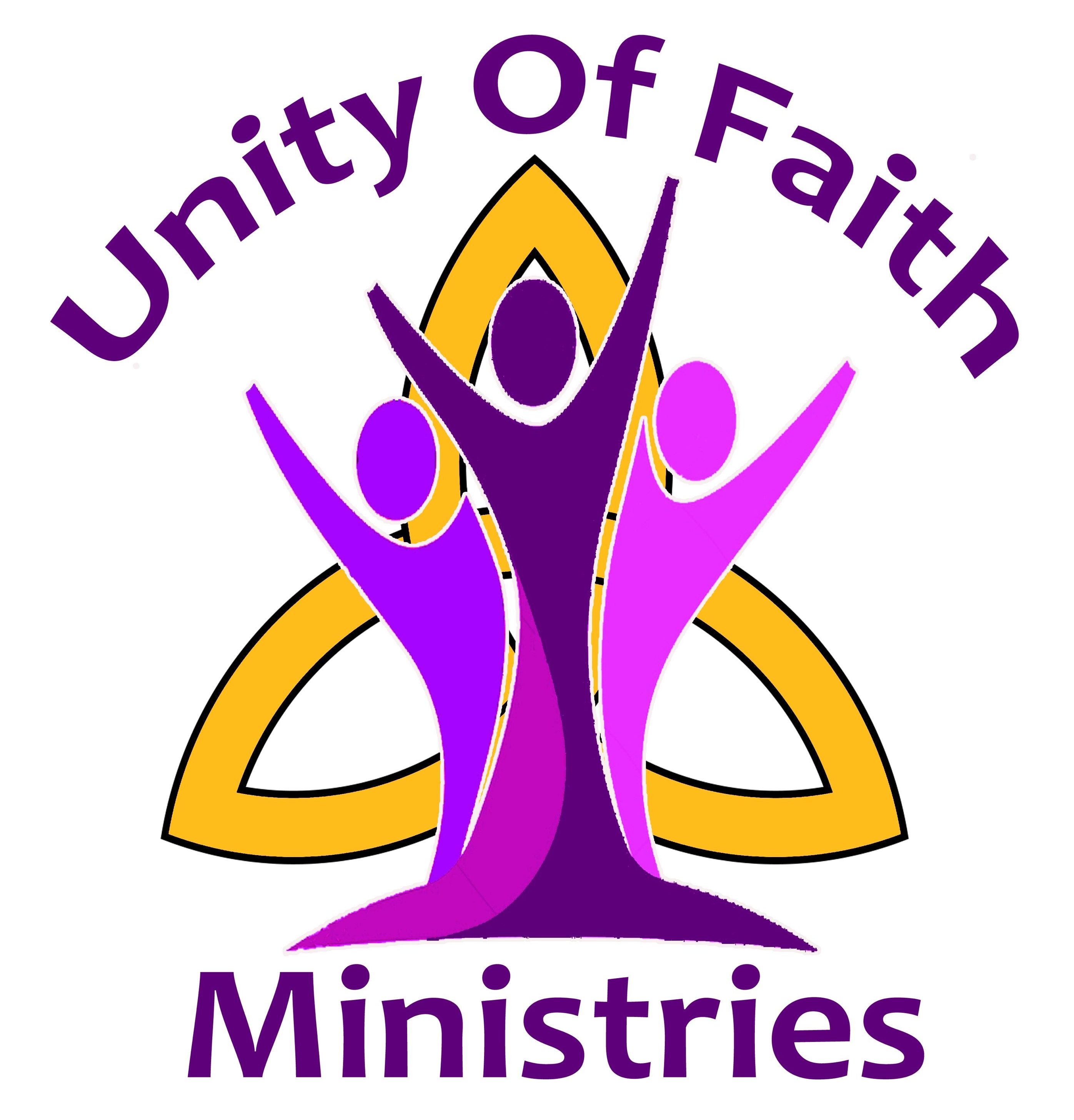By P. J. Stratton

Did you know 800,000 women, girls, boys and children of all ages go missing every year? Where do they go? This is a great question and through the years we’ve seen some of their pictures on milk cartons or posters in the local Post Office.
Have you wondered if these children were ever found? Did they wander away from home and return to their mothers and fathers? Did some psychopath murder them for pleasure? You might be surprised some are runaways, throwaways, orphans, and others are abused family members trying to escape their perpetrator.
It’s a known fact many children are kidnapped while playing on the street or on their way home from school. Many young teen girls are lured into modeling or acting with bogus offers of fantasy deals to stardom only to find they are imprisoned into sex, prostitution and/or drug rings with no escape.
When I say imprisoned, I mean chained to a bed, chair or wall with NO escape. No one hears their cries or screams to save them from their hell on earth. Their families have no idea where their children and teens are in the world. Are you horrified yet? Well, the plot thickens as they say in a Hollywood movie, because after one connects ‘all the dots’ it leads to an historical Old Testament satanic power ritual which continues to this day!
Are you awake yet? Read on as the excerpt below from Beautiful People Magazine reveals more details about this issue which should concern everyone on the earth.
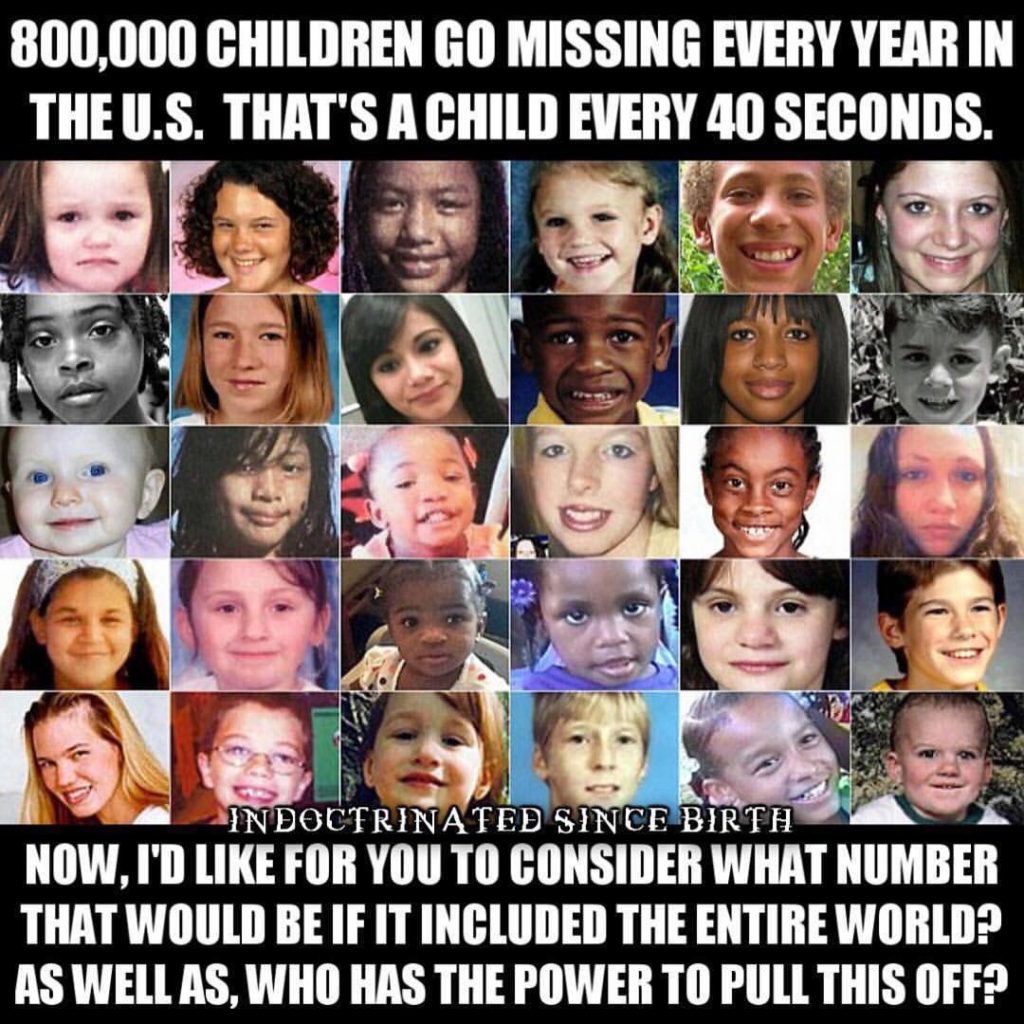
800,000 kids go missing in the US each year never to be found. Where’d you think they go?
Evil can only gain power by suppressing the truth. To remove people from the truth of the bible seems like their core mission. But we all must keep in our minds how the main strength of the truth must never be underestimated. Hollywood and music are doctrines of devils, for example… And barely anyone thinks of that. They even think they have succeeded in wrapping it as a gift.
Do you know how the corrupt politicians, Hollywood actors, musicians, and elites sleep?
Thousands of people go missing in the United States each year and many are never heard from again. According to the National Center for Missing and Exploited Children, roughly 800,000 children are reported missing each year in the United States. Sounds a little bit too much? Think of it this way to realize the whole situation – that’s roughly 2,000 per day!
Yes, pedophiles are taking away our children. They are being sold on their rich black market. Powerful people worldwide are buying them as they would buy groceries or anything normal. How awful is that? It makes me sick when I just think of it… To everyone around the world – we’re getting closer and closer to the end. The divide between the sheep and the goats is getting wider every day. Hollywood is run by pedophiles; I bet you’ve realized that already…
To read the entire source article: https://beautifulpeoplemagazine.com/2020/05/10/800000-kids-go-missing-us-year-never-found-whered-think-go/
What is Human Trafficking?

Human trafficking involves the use of force, fraud, or coercion to obtain some type of labor or commercial sex act. Every year, millions of men, women, and children are trafficked worldwide – including right here in the United States. It can happen in any community and victims can be any age, race, gender, or nationality.
Traffickers might use violence, manipulation, or false promises of well-paying jobs or romantic relationships to lure victims into trafficking situations. Language barriers, fear of their traffickers, and/or fear of law enforcement frequently keep victims from seeking help, making human trafficking a hidden crime.
Traffickers use force, fraud, or coercion to lure their victims and force them into labor or commercial sexual exploitation. They look for people who are susceptible for a variety of reasons, including psychological or emotional vulnerability, economic hardship, lack of a social safety net, natural disasters, or political instability. The trauma caused by the traffickers can be so great that many may not identify themselves as victims or ask for help, even in highly public settings.
Read more of source article: https://www.dhs.gov/blue-campaign/what-human-trafficking
‘Cracking The $150 Billion Business Of Human Trafficking’

Carmen Neithammer, a private sector development expert and gender diversity leader, wrote this article in Forbes Magazine.
The Organization For Security and Co-operation in Europe finds that human trafficking affects virtually all countries: be they countries of origin, transit or destination. https://www.osce.org/combating-human-trafficking
This comes at a time when global statistics on human trafficking are on the rise: every day thousands of women, men and children are trafficked worldwide for various exploitative purposes. The International Labor Organization (ILO) estimates that there are currently 25 million victims of human trafficking around the world.
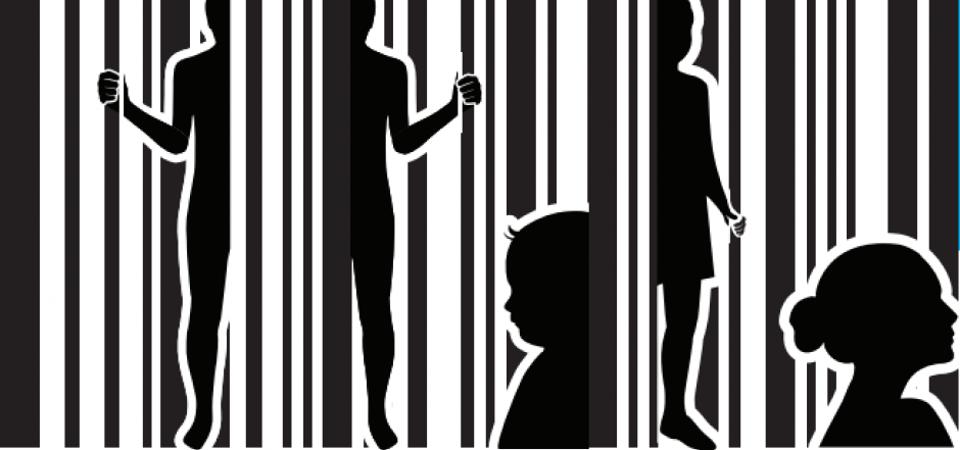
Human trafficking is an issue for all countries and communities. Importantly (and surprising for many), human trafficking does not necessarily involve the crossing of international borders. For example, the Ontario Member of Parliament, Laurie Scott, admits to having been shocked to learn that 90% of the local human sex trafficked victims were Canadian-born as featured in the Toronto Film Fest documentary Girl Up.
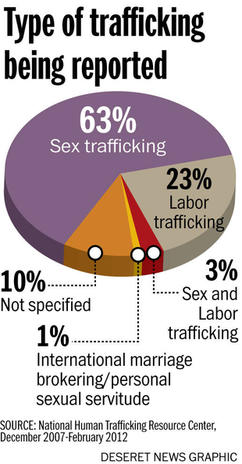
Also not intuitive for many is the fact that women make up the largest proportion of traffickers. In some parts of the world, women trafficking women is the norm according to the 2017 Global Report on Trafficking in Persons by the United Nations Office on Drugs and Crime, which covers 155 countries.
Globally, governments and civil society have increased their efforts to combat human trafficking. What is clear is that governments cannot address this issue alone and rely on the private sector and civil society organization to join forces and scale-up solutions.
Why have these public-private partnership strategies proven to be successful? It turns out; human trafficking often involves the legitimate services of the banking system, transportation companies, the hospitality business, health care providers, and digital social media platforms.
The Business of Human Trafficking
The motive of traffickers—regardless of the type of human trafficking they are engaged in—is clear: money!
Annually, the business of human trafficking globally generates an estimated $150 billion in profits according to the International Labor Organization.
According to Polaris (the nonprofit organization that runs the national human trafficking hotline in the United States and which also boycotted the White House Summit), examples for private sector involvement in human trafficking are abundant: traffickers use banks to deposit and launder their earnings; they use planes, buses and taxi services to transport their victims; they book hotel rooms integral also to sex trafficking; and, they are active users of social media platforms to recruit and advertise the services of their victims.

“Human trafficking is a $150 billion a year global industry and can’t be fully addressed without businesses taking active and effective measures to reduce the potential for exploitation within their own systems.” Bradley Myles, chief executive officer of Polaris, the nonprofit organization that runs the national human-trafficking hotline in the United States.
While many human trafficking activities remain underground, an increased understanding of how human traffickers use legitimate services has helped companies in various industries begin to crack the business of human trafficking. In many instances, private sector initiated efforts to combat human trafficking (often as part of their corporate social responsibility activities) have also helped companies position themselves as “service provider of choice.”
To read entire source article: https://www.forbes.com/sites/carmenniethammer/2020/02/02/cracking-the-150-billion-business-of-human-trafficking/#28cfe41f4142
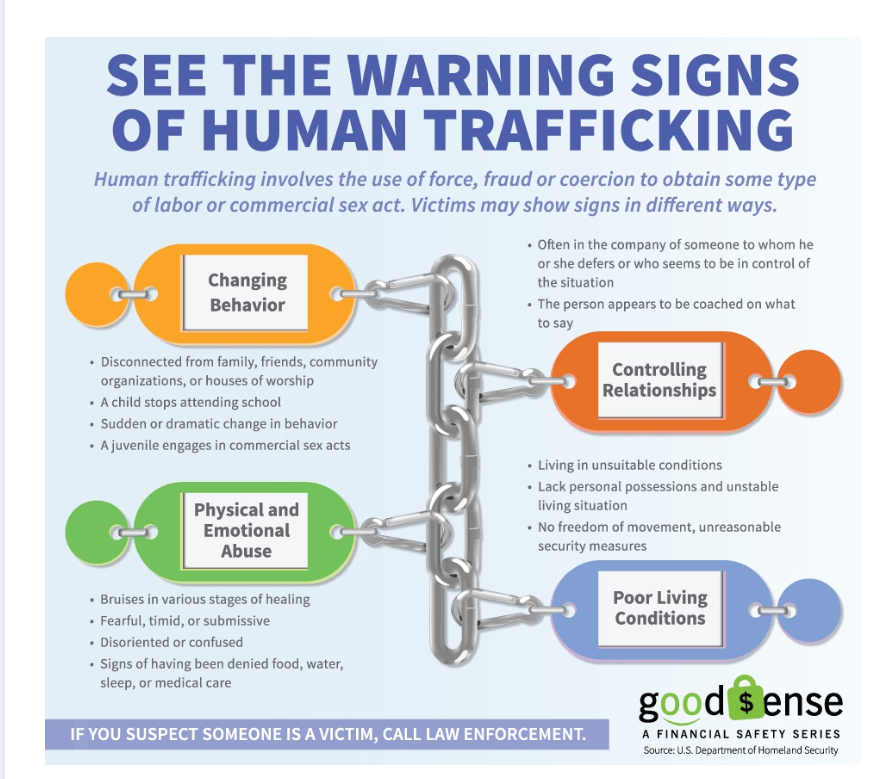
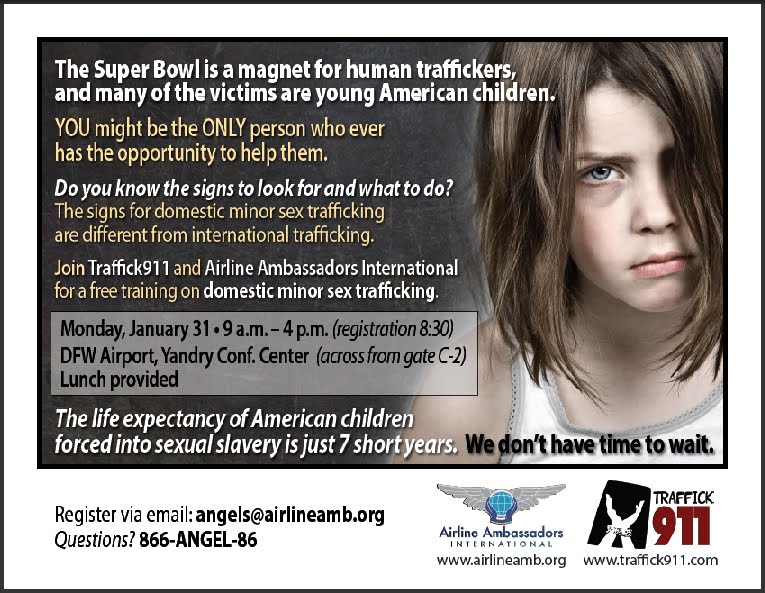
Myths about Human Trafficking:
Source: https://www.acf.hhs.gov/otip/about/myths-facts-human-trafficking
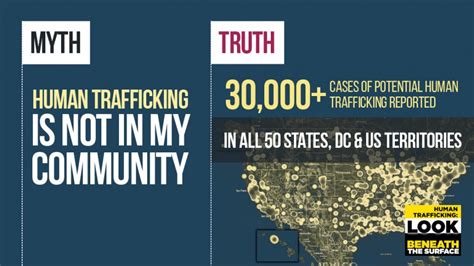
· MYTH: Human trafficking is a global problem. There is nothing I can do to help.
FACT: Human trafficking has been reported in every single state in the U.S. Know the signs and look beneath the surface when interacting with people in your community. Call the National Human Trafficking Hotline at 888-373-7888 to report tips or to learn more about how you can help your community.
· MYTH: Trafficking includes some form of travel or transportation across borders.
FACT: Human trafficking does not require movement or border crossing. If someone is forced to work or engage in commercial sex against their will, it is trafficking.
· MYTH: Victims must be held against their will using some form of physical restraint or bondage.
FACT: While some traffickers physically hold the people they exploit, it is more common for them to use psychological means of control. Fear, trauma, drug addiction, threats against families, and a lack of options due to poverty and homelessness can all prevent someone from leaving. Some individuals who experience trafficking may also be manipulated or believe they are in love with their trafficker, which can make them resistant to seeking help.

Some traffickers use more subtle methods of trapping and controlling people, such as:
- Isolating them from family, friends, and the public by limiting contact with outsiders and making sure that any contact is monitored
- Confiscating passports or other identification documents
- Threatening to shame them by exposing humiliating circumstances to their families
- Threatening imprisonment or deportation if they contact authorities
- Debt bondage through enormous financial obligations or an undefined or increasing debt
- Controlling their money

· MYTH: Victims will be desperate to escape their trafficker and ask for help when they need it.
FACT: Individuals who experience trafficking may not readily seek help due to a number of factors, including shame, self-blame, fear, or even specific instructions from their traffickers regarding how to behave when interacting with others. They do not always self-identify and may not realize that they have rights.
OTIP encourages social services and law enforcement to take time to look beneath the surface and build trust with individuals who may be experiencing trafficking before making judgments about their situation.
· MYTH: If someone is paid or consented to be in their initial situation, it’s not trafficking.
FACT: Initial consent to commercial sex or labor before the trafficker used force, fraud, or coercion is not relevant.
· MYTH: Human trafficking is the same as smuggling.
FACT: Human smuggling and human trafficking are distinct crimes under federal law. Human smuggling refers to an illegal border crossing, while human trafficking involves commercial sex acts or labor/services that are induced through force, fraud, or coercion, regardless of whether or not transportation occurs.
· MYTH: Human trafficking is the same thing as sex trafficking.
FACT: Human trafficking also includes labor trafficking, which involves children and adults compelled to perform labor or services by force, fraud, or coercion.
· MYTH: Only women and children experience trafficking.
FACT: Anyone can experience human trafficking, including men. Traffickers prey on the vulnerable, often with promises of a better life. Risk factors for trafficking include: prior history of abuse or sexual violence, generational trauma, poverty, unemployment, and unstable living situations, or homelessness.

How to get help:
The National Human Trafficking Hotline is a 24/7, confidential, multilingual hotline for victims, survivors, and individuals with human trafficking concerns.
Other ways to help: Learn 10 ways you can help end trafficking, including spreading the word that demand fuels exploitation and thinking about where you eat and how you shop.
Trafficking Hotlines and Victim Assistance:

https://www.acf.hhs.gov/otip/victim-assistance/national-human-trafficking-hotline or text HELP or INFO toBeFree (233733)
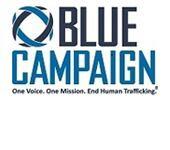
https://www.dhs.gov/blue-campaign/what-human-trafficking
To report suspected human trafficking to Federal law enforcement: 1-866-347-2423
Para reportar un posible caso de trata de personas:1-866-347-2423
Obtenga ayuda de la Línea Directa Nacional de Trata de Personas:1-888-373-7888o enviando un mensaje de texto con HELP o INFO toBeFree (233733)
